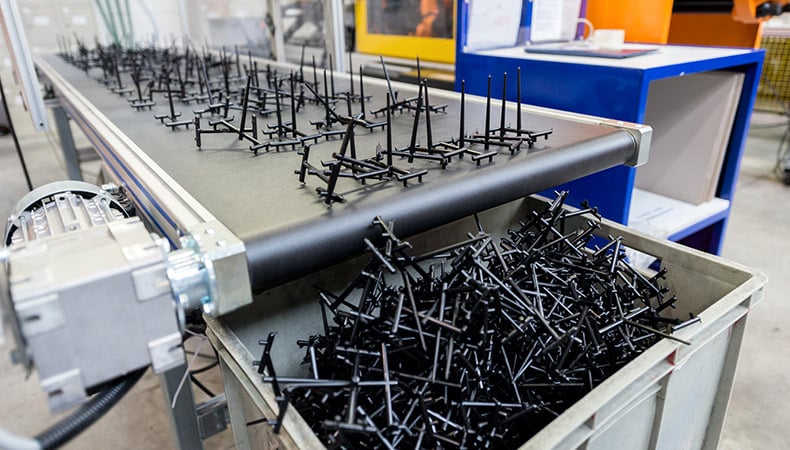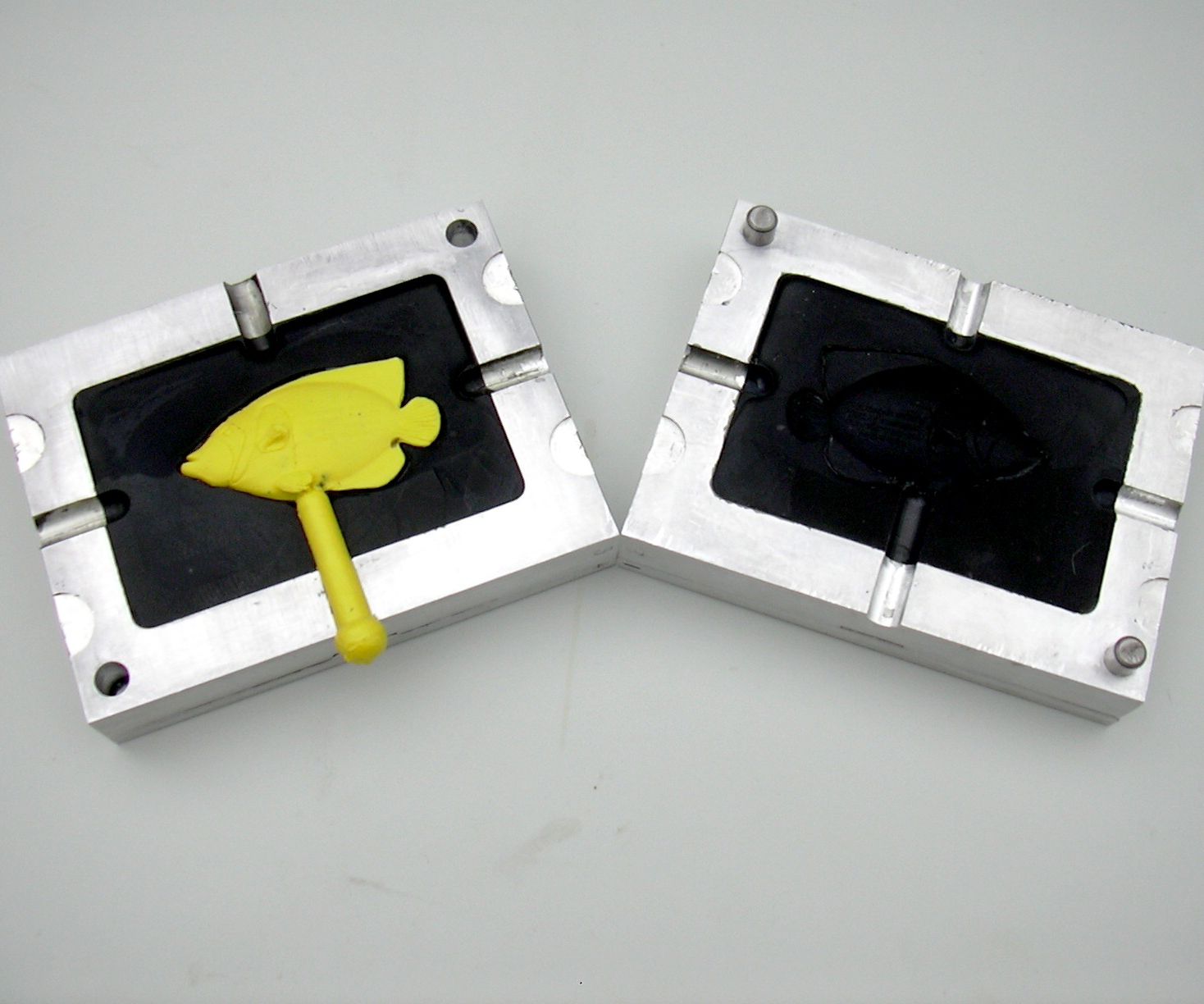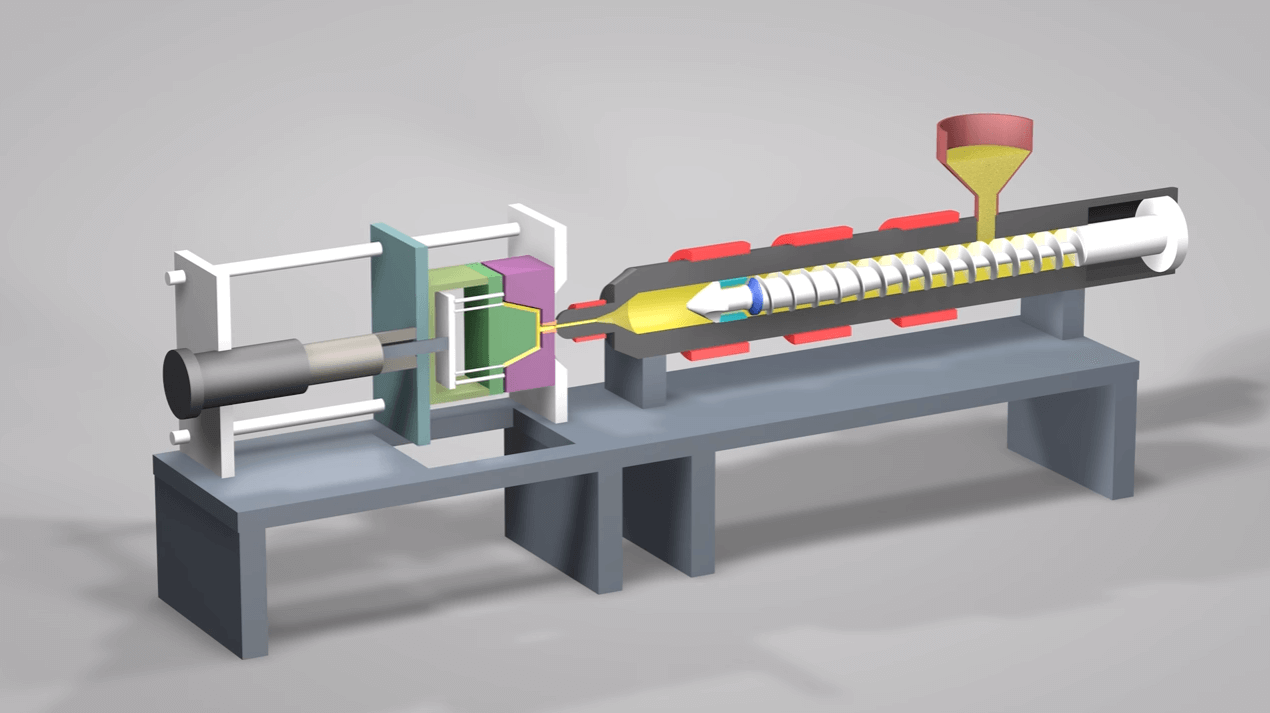Recognizing the Essentials of Plastic Injection Molding Processes
Plastic injection molding works as a cornerstone of contemporary production, offering a systematic approach to producing complex parts with accuracy. This process not just encompasses the essential actions of melting and infusing products into molds however likewise entails a nuanced understanding of different affecting factors, such as temperature level and pressure. As industries progressively require effectiveness and quality, the ins and outs of this technique come to be more vital. Discovering these crucial components could reveal how even small modifications can cause considerable enhancements in production results, questioning about the potential for technology in this established process.
What Is Plastic Injection Molding?
Plastic injection molding is an extensively utilized production procedure that changes thermosetting and polycarbonate products right into precise and complicated shapes. This strategy is favored for its capacity to produce high quantities of the same components with extraordinary precision, making it an important technique in numerous markets, including automotive, durable goods, and clinical devices.
The process includes thawing the chosen plastic material and injecting it right into a mold and mildew under high pressure. The mold and mildew, created to the specifications of the preferred component, enables the liquified plastic to materialize as it cools and strengthens. When the product has actually hardened, the mold is opened up, and the ended up element is expelled.
Plastic shot molding offers a number of benefits, including decreased waste, consistency in manufacturing, and the ability to incorporate complex designs that may be challenging with various other manufacturing methods. Furthermore, it sustains a wide series of materials, each offering special properties that can be tailored for particular applications. As industries continue to innovate, plastic shot molding continues to be at the forefront, enabling the development of sophisticated items that fulfill progressing consumer demands.
The Injection Molding Refine
The shot molding process is an advanced method that includes a number of key stages to produce premium plastic elements. Initially, plastic pellets are fed into a heated barrel where they are thawed right into a viscous liquid. This molten plastic is then injected under high stress right into a precision-engineered mold, which shapes the product right into the desired form.
Once the mold and mildew is filled, the plastic is permitted to strengthen and cool, taking the form of the mold tooth cavity. Air conditioning time is essential, as it affects the cycle time and the final homes of the molded component. After adequate cooling, the mold opens, and the ended up component is expelled using ejector pins.

Products Utilized in Injection Molding
Various products can be used in the shot molding process, each offering one-of-a-kind buildings that provide to specific applications. One of the most generally made use of products consist of thermoplastics, thermosetting plastics, and elastomers.

Thermosetting plastics, like epoxy and phenolic resins, undergo a chemical modification throughout the curing procedure, resulting in a stiff, stringent structure. These materials are perfect for applications calling for high heat resistance and architectural integrity, often utilized in electric insulators and automotive components.
Elastomers, consisting of silicone and rubber-based materials, provide adaptability and resilience. Their special residential or commercial properties make them appropriate for applications that demand elasticity, such as gaskets and seals.
In addition, specialty materials like bio-based plastics and compounds are obtaining traction for their ecological advantages and enhanced performance characteristics, widening the range of shot molding applications in various industries. Comprehending the residential properties of these materials is vital for choosing the appropriate type for specific projects.
Advantages of Injection Molding
Injection molding sticks out as an extremely effective manufacturing procedure that supplies countless benefits for creating complex get rid of precision. One of the most considerable benefits is the ability to create complex designs that would be tough or difficult to attain with other methods (Plastic Injection Molding). The procedure enables for thorough attributes and tight tolerances, making certain top quality components
In addition, shot molding is known for its rapid manufacturing abilities, making it a perfect choice for high-volume production. When the mold is created, parts can be generated rapidly, reducing lead times and boosting overall performance. This effectiveness not only reduces production prices however also provides an affordable edge in the marketplace.
The adaptability of materials made use of in injection molding better enhances its allure. A variety of thermoplastics and thermosetting polymers can be employed, enabling producers to pick materials that ideal satisfy their details needs, including heat, versatility, and toughness resistance.
In addition, the procedure reduces waste, as excess product can frequently be recycled and recycled. This sustainability aspect adds to a minimized ecological impact, making injection molding an accountable production selection. In general, the benefits his comment is here of shot molding make it a recommended approach for lots of markets.
Variables Affecting Product High Quality
While countless variables can influence product top quality in shot molding, understanding these elements is important for achieving optimal outcomes. Key facets include material choice, refining parameters, and mold style.
Material selection plays a vital duty, as different polymers exhibit unique residential or commercial properties that impact flowability, stamina, and thermal stability. Insufficient material option can cause flaws such as bending or insufficient dental filling.
Handling specifications, including cycle, temperature, and stress time, have to be diligently regulated. Variants in these settings can lead to variances partly dimensions and surface area coating. As an example, exceedingly heats may cause deterioration of the polymer, while poor stress can cause brief shots.
Mold layout is just as crucial, as it identifies the circulation of the molten plastic and the cooling process. Poorly created why not look here molds might lead to uneven cooling prices, resulting in residual tensions and dimensional mistakes.

Verdict
To conclude, plastic injection molding functions as a vital manufacturing procedure that allows the efficient production of top quality components. Mastery of the injection molding process, including the understanding of products and the impact of weblink numerous variables on item top quality, is crucial for achieving optimal outcomes. The benefits of this technique, such as cost-effectiveness and style adaptability, more underscore its importance across multiple industries, strengthening its status as a favored choice for high-volume manufacturing.
Plastic injection molding offers as a foundation of contemporary production, offering a methodical strategy to generating intricate parts with accuracy.Plastic injection molding offers a number of benefits, consisting of lowered waste, consistency in production, and the capacity to incorporate intricate designs that may be challenging with other producing methods (Plastic Injection Molding). As industries proceed to introduce, plastic shot molding remains at the leading edge, allowing the development of sophisticated items that satisfy evolving customer demands
The injection molding process is an innovative technique that involves numerous vital phases to create high-quality plastic components.In final thought, plastic injection molding serves as an important production procedure that makes it possible for the reliable manufacturing of top notch elements.